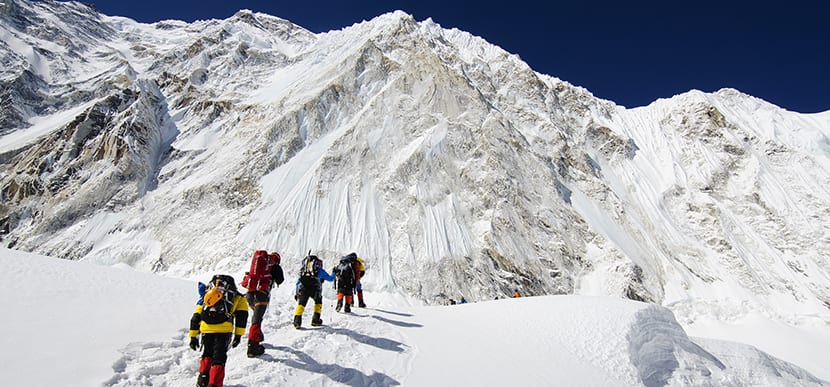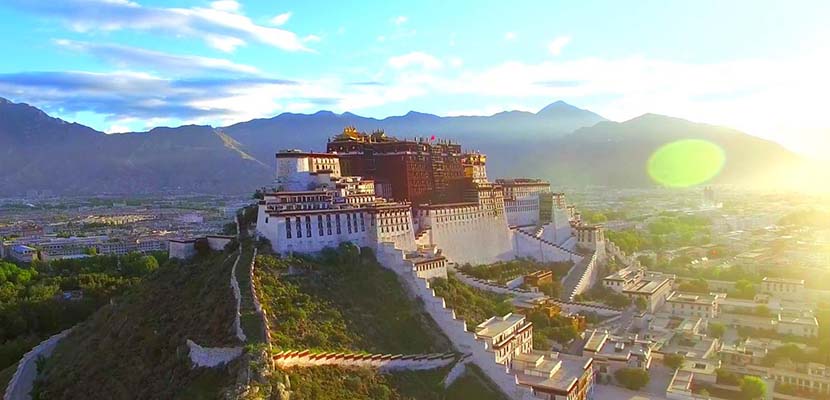
There are wonderful destinations. Perhaps something distant or difficult to achieve, it is true, but perhaps those same difficulties provide the aura that surrounds them. The Tibet is one of those wonderful, remote and complicated destinations.
But nothing is impossible so if you like Buddhism or you just want to go far or enjoy a great adventure here I leave you all the practical information you need to travel and experience Tibet.
Tibet
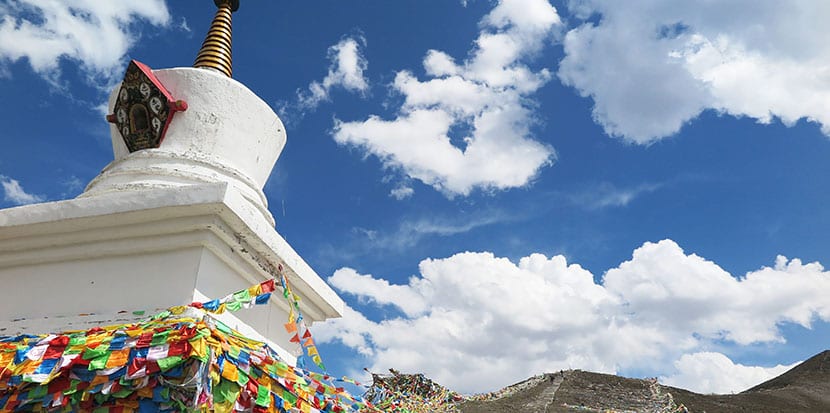
It is on a plain situated at more than 4 thousand meters of altitude so that's why it's called the roof of the world. The relationship with China, today so conflictive, although it is not so old, it is long-standing. The history of Tibet and China begins when the Mongols incorporate Tibet into their territories and impose their domination.
Recall that China's Yuan Dynasty was Mongolian so control continued to be strong under this dynasty. The Tibetans had their own internal conflicts and quarrels, between Buddhist sects, which the Chinese sometimes helped solve militarily by tilting the balance one way or the other. Thus, the political heads, called lamas, were successively weaving their own political networks of influences, positions and power.
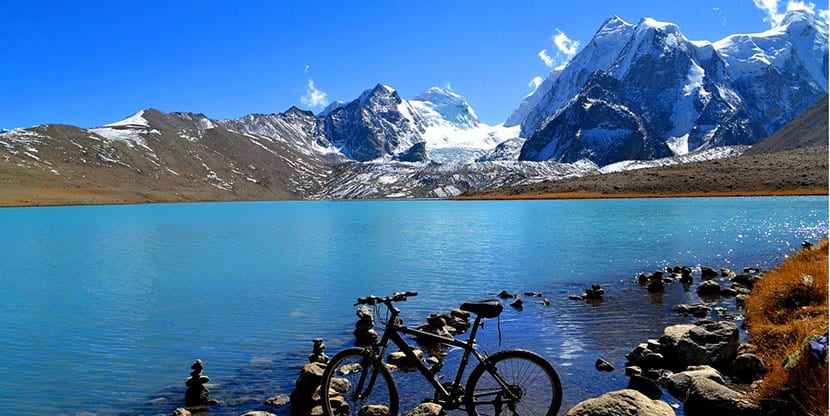
The Qing Dynasty was also present in Tibet, supporting the lama on duty until the old China ended in 1912. At this point we ask ourselves, but what about Westerners? Well, Westerners did put the spoon in there. The first were the Portuguese at the beginning of the seventeenth century, later came the Christian missionaries, though the lamas drove them out. Conflict of powers. The English They approached to see if they could trade but the Chinese closed the Tibetan borders for more than a century.
Obviously this did not stop the English for long so they came across the Himalayas and Afghanistan. They sent spies and made maps. The Russians they did the same. Later, at the beginning of the XNUMXth century, the English sent troops to prevent the Tibetans from signing something with the Russians. But it was China that responded, making its claim to sovereignty because of the long history of domination and presence it had in the territory.
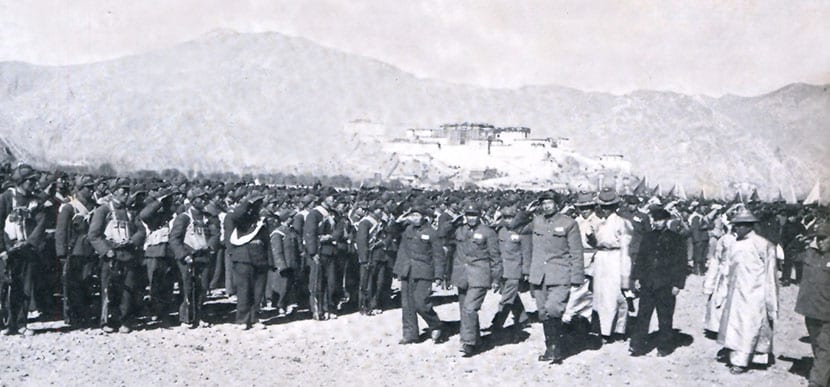
The English know how to heat the fire so at that time the Tibetan Revolution where some nationalists killed French, Manchu, Han Chinese, and Christian converts. Tibet ended up signing a treaty with England and so did China. Ultimately both Great Britain and Russia agreed not to have deals with Tibet over the Chinese government, recognizing its power over the vassal state of Tibet.

The truth is that China did not conform and began its own campaign to "make Tibet Chinese." With the fall of the last Chinese emperor in 1912 the Dalai Lama who had emigrated to India returned and drove everyone out. For a while Tibet enjoyed a certain independence, although there was some border conflict with China, which was going through its own crisis, but en 1959 the People's Republic of China invaded Tibet and we already know what happened.
Permits to travel to Tibet
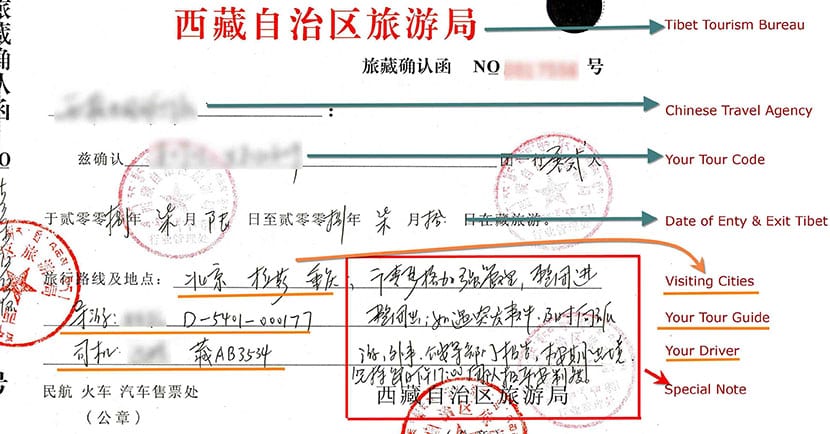
Today Tibet is a Chinese territory so the first thing you need is a Chinese visa. That is not enough because as it is a conflictive area, access is restricted and controlled, so you must also process a special permit.
About this permission you should know that every year there is a closing period, a custom that has been going on since 2008 and that implies the prohibition of tourism. This year it is between February 25 and March 31 but returns to normal on April 1. The permit or permits will vary according to the places you plan to visit and each one is issued by different offices.
Obtain the Chinese visa in a personal procedure, but the other permits are only obtained through a travel agency. You can contact these agencies online, many based in Tibet, because they really facilitate the process to apply for them. There is a special visa called Group VisaIt is a type of the China Entry Visa that is for foreign tourists who visit Tibet from Nepal.
In this case you do not need a Chinese visa. If you have one, you still have to process the Group Visa in Kathmandu, yes. To apply for the Group Visa yes or yes you must present a TTB permission and a letter of invitationHence the need for a tourist agency. And for everything he calculates four or five days. The TTB is the Tibet Tourism Bureau Permit lo la Tibet Visa. You need it whether you are going to Tibet from mainland China or entering from other countries or from Nepal.
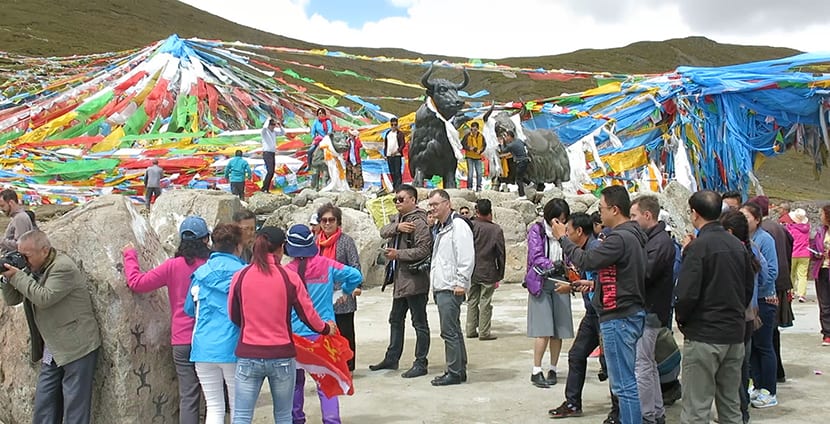
You cannot get out of the tourist agencies and you must apply for it at least 20 days before the date you want to travel. It has no cost, but obviously the agency will charge you for the process. The another permission is the PSD and is the one will open the doors to the outer areas of Lhasa like Mount Everest or Ngari Prefecture.
It is very easy to process because as soon as you arrive in Lhasa you go with your passport and TTBP to the agency and it does everything for you. It takes a few hours and costs 50 yuan per person.

If you also want to visit sensitive military areas (Yunnan, Sichuan, Xinjiang, Qinghai, Pomi, etc.), you must have the Military Permit and the TTB and the PSB. This military permit not for individuals traveling alone so again the tourist agency appears. It takes one or two days to process and costs 100 yuan per person.
Finally there is the Border Pass that allows coming and going across the border with other Chinese countries or provinces. If you do not have this paper you cannot climb Mount Everest, for example. Even if you travel by plane from Lhasa to Kathmandu, they will ask for it at the airport. It is processed in Lhasa, through an agency, and can take three to five days.
Information and tips for traveling to Tibet
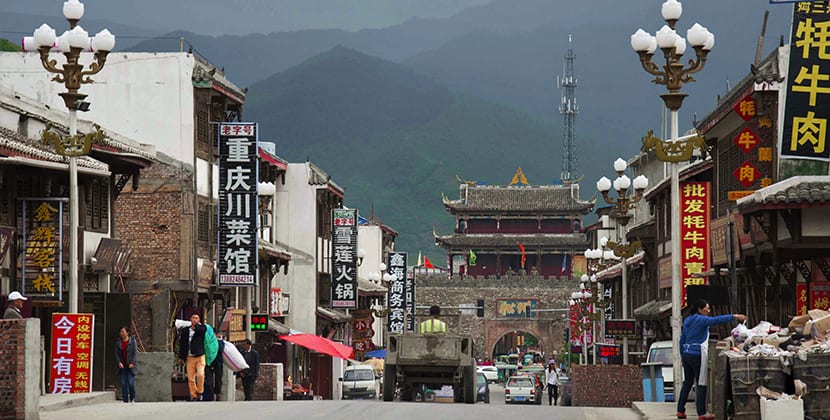
We talk a lot about tourism agencies and it is simply because You cannot walk alone in Tibet unless you are going to stay alone in Lhasa. But few people go that far to stay in the capital. I would even tell you that to know some of the treasures of Lhasa you will also need a guide, to enjoy more and better, but all the permits To move around the most beautiful of Tibet, they are processed through an agency.
Keep in mind that the altitude is a lot so the ideal is to arrive a couple of days in advance to acclimatize and not get sick later. Take into account where you come from, from what altitude. As for clothes, it all depends on the season but basically it is about dressing like an onion because when the sun is hot. And of course, wisely and without showing much when visiting temples.
